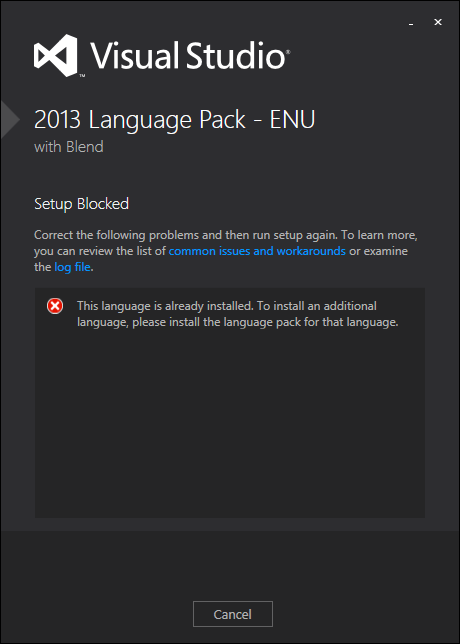In the same way that Visual Studio offers language packs to have multiple languages, which is really handy for developers of VS add-ins, Microsoft Office 2010 and higher also provides language packs, although not for free:
Microsoft Office 2010 Language Packs
http://www.microsoftstore.com/store/msusa/en_US/pdp/Language-Pack-for-Office-2010/productID.253665800
Microsoft Office 2013 Language Packs
http://www.microsoftstore.com/store/msusa/en_US/pdp/Office-Language-Pack-2013/productID.259321800
which are also handy for developers of add-ins for the VBA editor, to discover, for example, that the “Standard” commandbar name is localized (“Estándar” in Spanish), when it shouldn’t.
To change the language of Office you have to go to Start, All Programs, Microsoft Office, Microsoft Office 2010 Tools, Microsoft Office 2010 Language Preferences. Programmatically, you can get the language of Office through the registry key HKEY_CURRENT_USER\Software\Microsoft\Office\<version>\Common\LanguageResources, UILanguage name.
